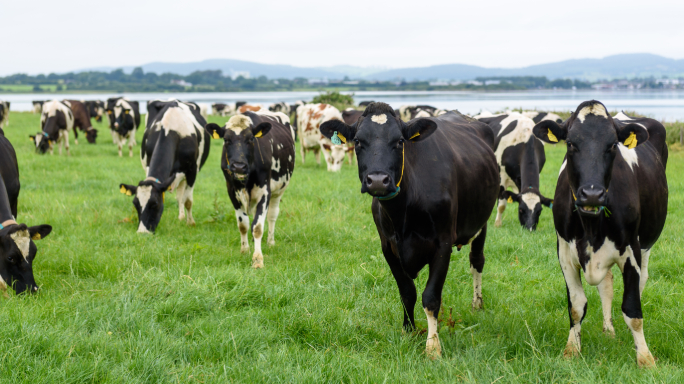Time to prepare for the grazing season

Now is the time to start measuring grass before calving is in full swing in preparation for spring grassland management. Each additional day at grass in the spring has been shown to be worth €2.70 per cow per day.
The first thing to tick off the list is to assess the winter grass growth and how much grass is available. While on your grass walk, take note of the ground conditions and establish which paddocks have a suitable grass cover for grazing and also for slurry and fertilizer spreading. The covers to target are those in the middle of the grass wedge with a pre-grazing cover of 800-1200 kg DM/ha. This allows cows to adapt to a grass diet and encourage cows to hit residuals of 3.5-4 cm to set the farm up for high quality grass performance later in the season. Additionally, as cow number will be low at the start of grazing, it allows cows to move through paddocks quicker. However, the grass available needs to be rationed carefully to ensure grass does not run out when grass growth is slow and allow time for the re-growth for the second rotation.
A spring rotation planner is a very useful tool to work out grass allocations efficiently for the first grazing rotation. Once you know the average farm cover, the date you are letting out stock and the targets, you know how much land you have to graze per day, week and month. The aim is for 100% of the milking or grazing platform to be grazed before magic day (grass growth meets demand) and the start of the second rotation. To achieve this, you must make sure the first rotation is long enough in the planner.
Dry farms: Turnout early/mid-February
- 30% of farm grazed by 1st March
- 65% of farm grazed 17th March
- 100% of farm grazed by 10th April
Wet/ Heavy farms – Turnout early March
- 30% of farm grazed by early/mid–March
- 65% of farm grazed by 31st March
- 100% of farm grazed by 15th April
It is vital you recognise that a rotational planner is just a plan. It does not consider, for instance, the impact of stocking rates, weather and soil conditions when projecting grazing goals at the start of the season. Therefore, be sure to update the plan throughout the spring so it reflects what is happening on the grazing platform and react accordingly.
First Published 24 January 2022
